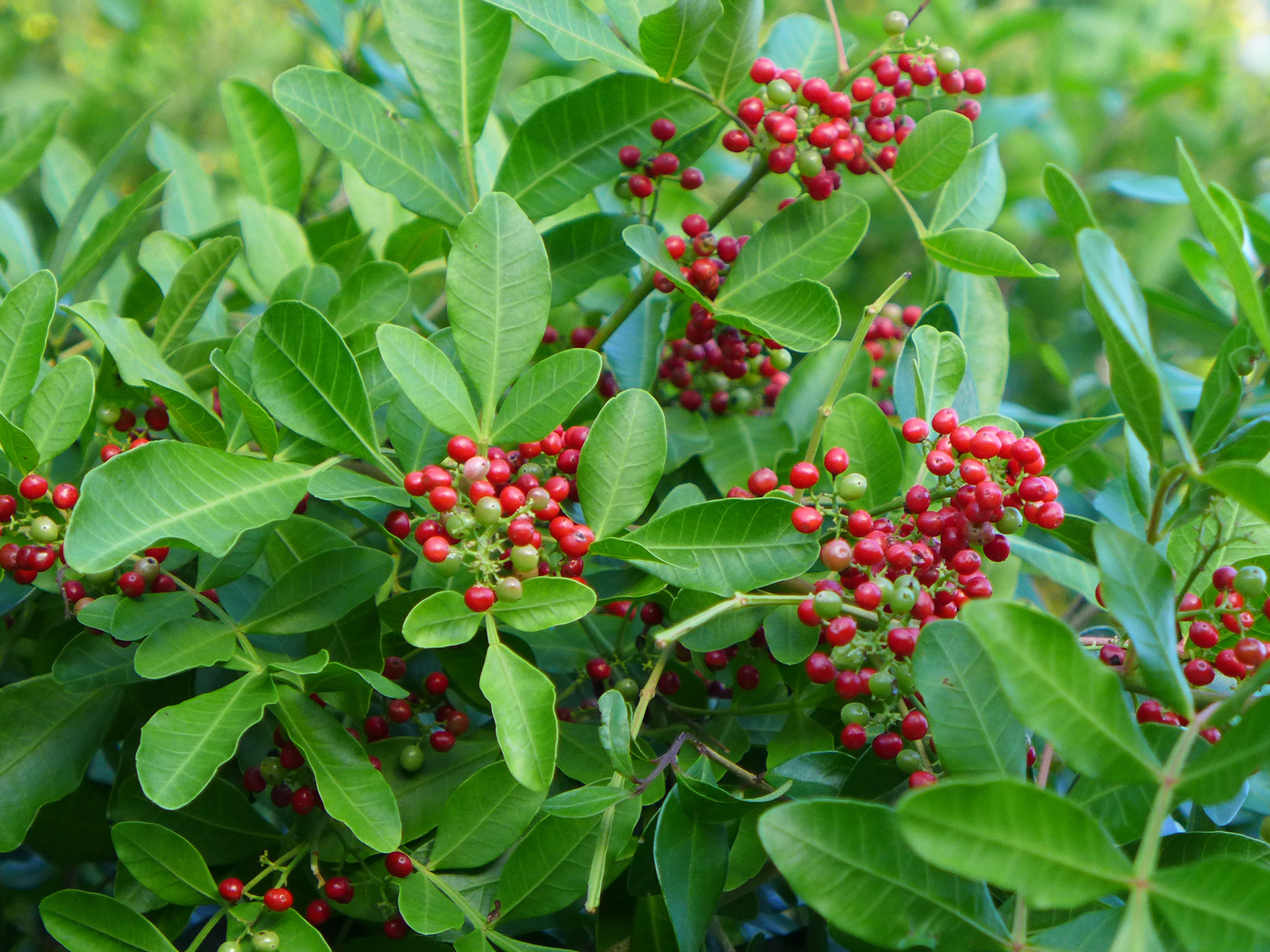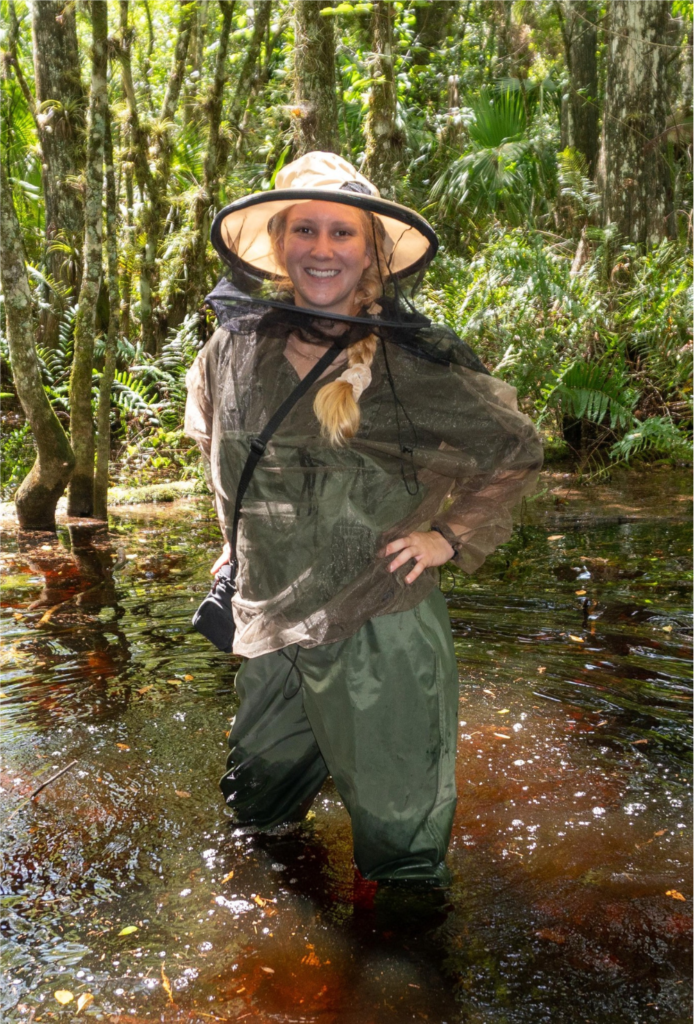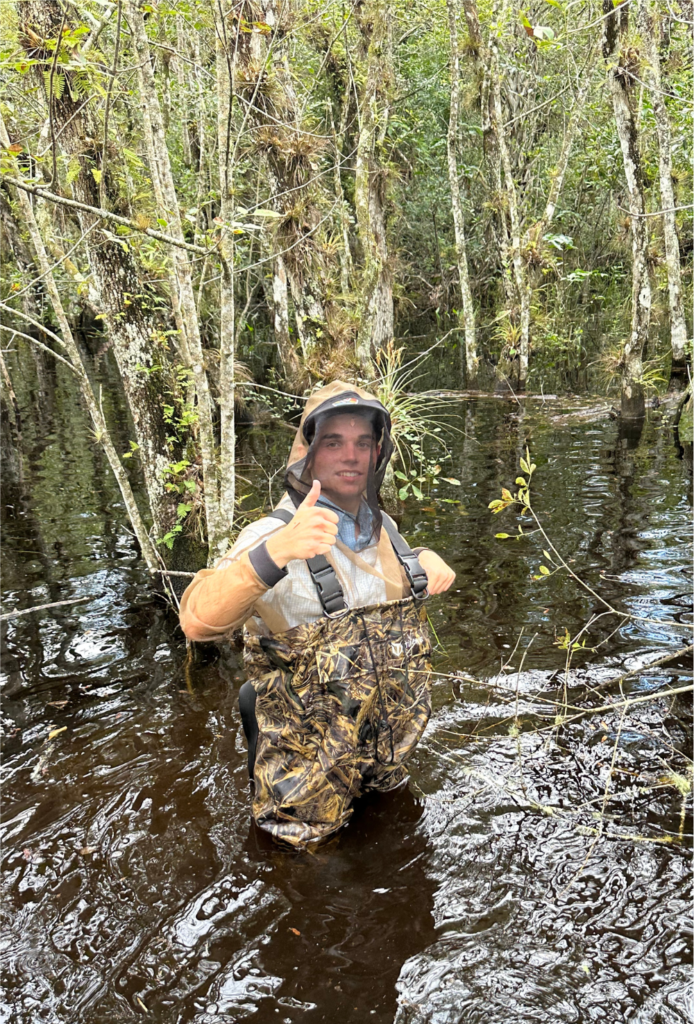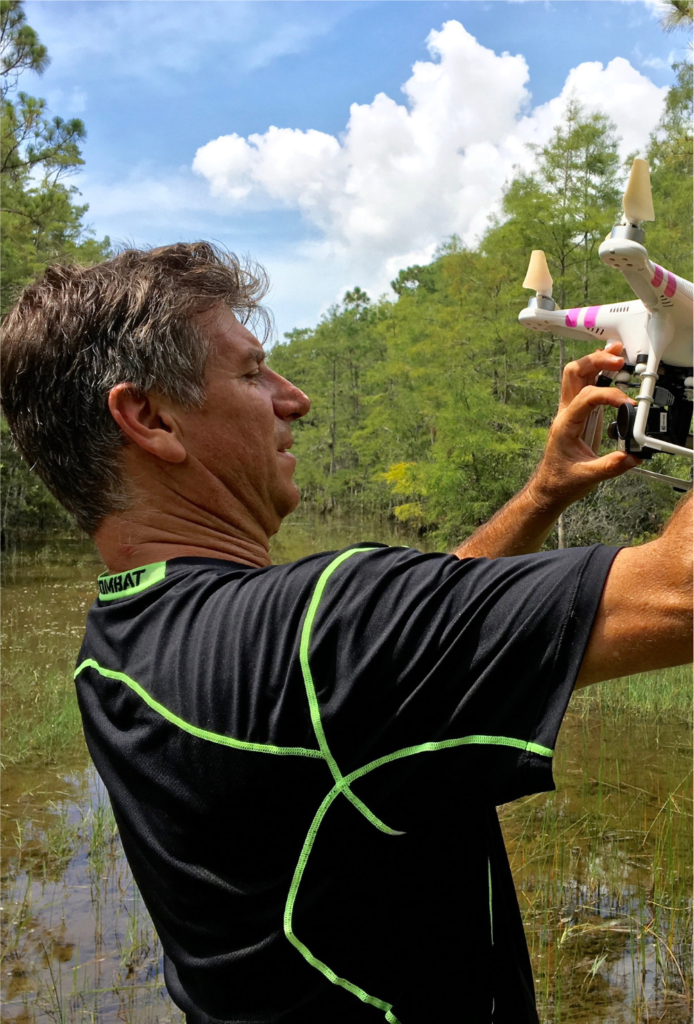[fusion_builder_container type=”flex” hundred_percent=”no” equal_height_columns=”no” menu_anchor=”” hide_on_mobile=”small-visibility,medium-visibility,large-visibility” class=”” id=”” background_color=”” background_image=”” background_position=”center center” background_repeat=”no-repeat” fade=”no” background_parallax=”none” parallax_speed=”0.3″ video_mp4=”” video_webm=”” video_ogv=”” video_url=”” video_aspect_ratio=”16:9″ video_loop=”yes” video_mute=”yes” overlay_color=”” video_preview_image=”” border_color=”” border_style=”solid” padding_top=”” padding_bottom=”” padding_left=”” padding_right=””][fusion_builder_row][fusion_builder_column type=”1_1″ layout=”1_1″ background_position=”left top” background_color=”” border_color=”” border_style=”solid” border_position=”all” spacing=”yes” background_image=”” background_repeat=”no-repeat” padding_top=”” padding_right=”” padding_bottom=”” padding_left=”” margin_top=”0px” margin_bottom=”0px” class=”” id=”” animation_type=”” animation_speed=”0.3″ animation_direction=”left” hide_on_mobile=”small-visibility,medium-visibility,large-visibility” center_content=”no” last=”true” min_height=”” hover_type=”none” link=”” border_sizes_top=”” border_sizes_bottom=”” border_sizes_left=”” border_sizes_right=”” first=”true”][fusion_text]July 16, 2019 at 6:05 pm
DAVIE (CBSMiami) – Brought to Florida in the 1800s as an ornamental tree, the Brazilian peppertree has become a real problem in the state.
More than 700-thousand acres, including portions of the Everglades, are impacted.
Brazilian peppertree, a relative of poison ivy, is one of the most damaging invasive weeds of agricultural and natural areas of Florida, Hawaii, and Texas. It creates a dense canopy that crowds out native plants and creates poor habitat for native wildlife.
It can cause allergic reactions and respiratory illness in some people due to volatiles released by the leaves, flowers, and fruits.
On Tuesday, a joint partnership which includes the South Florida Water Management District (SFWMD), the U.S. Department of Agriculture (USDA), U.S. Army Corps of Engineers, and Florida Department of Environmental Protection took a big step with a little bug, or should we say hundreds of little bugs, to combat the problem.
“We deploy these insects and I call them our tiny troops that are going to combat to help us save the Everglades,” said Lt. Col. Jennifer Reynolds with the Army Corps of Engineers.
At Tree Tops Park in Davie they released dozen of vials of thrips (Pseudophilothrips ichini). The insects are native to Brazil and feed on the Brazilian peppertree. Officials anticipate the insect will reduce the growth of the invasive plant by 80 percent without negatively impacting native Florida plants and wildlife.
“Using biological controls like this insect to control the spread of invasive plants is using the tools Mother Nature herself has given us to protect that investment in the Everglades,” said SFWMD Governing Board Member Ron Bergeron.
The use of this specific species of thrips to eradicate Brazilian peppertree has been found to be safe following intensive studies conducted by the U.S. Department of Agriculture and University of Florida.
“University of Florida researchers worked as a team to study and gain approval for the release of specialized insects that will manage the invasive Brazilian peppertree,” said UF Professor Ronald Cave who is all the Director of the UF/IFAS Indian River Research and Education Center.
The studies found that Pseudophilothrips ichini only targets the Brazilian peppertree despite other plants that may be in the area. Its broad environmental tolerance, host specificity and damage it can cause makes it a viable and effective biological control agent.
“It can take over,” said Carey Minteer an Assistant Professor of Entomology at the University of Florida. “It can completely crowd out our native plants and this in turn gives us less food for our native animals.”
Aside from taking over, the plant itself can be unpleasant.
“It has toxic juice,” explains Dr. Greg Wheeler an entomologist at the USDA. “If you clip this and put it on your skin you’ll have reaction, a dermatitis reaction. The aroma given by the plant, some people will have allergic reactions to it. And it produces pollen also.
“Scientists say thrips are well researched and introducing the non-native bug into Florida is not dangerous. So this is an exotic insect,” Dr. Wheeler added. “And that’s why we spend so much time studying to determine, to be certain, that it wouldn’t feed on any other plant species and we passed all of the tests we ran on it.”
Now they’re being mass produced in a lab so they can be spread from the Keys to Daytona Beach.
“We put a hundred on this plant about a month ago,” explained Dr. Dale Halberitter, a USDA Entomologist. “And they fed, reproduced and now we’re have probably more than 300 on this plant.
Researchers say it could take years before we see large scale results.
They also explain the Brazilian Peppertree will never be totally exterminated, but they expect they will be greatly reduced.
There are more than 5,000 species of thrips. Common plant-feeding thrips are flower thrips. They sometimes invade homes, possibly brought in on potted plants.
Thrips sometimes bite humans in search of moisture on the skin and will also cause slight irritation to the toes and feet should one walk through the grass barefoot. Thrips bites are a temporary, minor irritation but cause no visible welts or bites.[/fusion_text][/fusion_builder_column][/fusion_builder_row][/fusion_builder_container]












